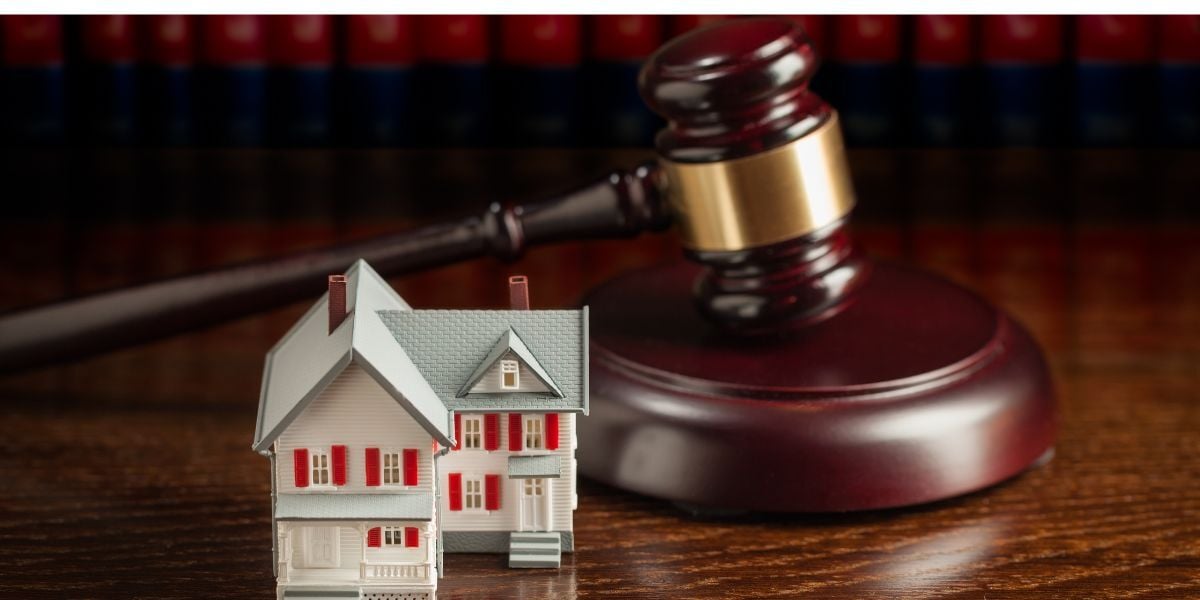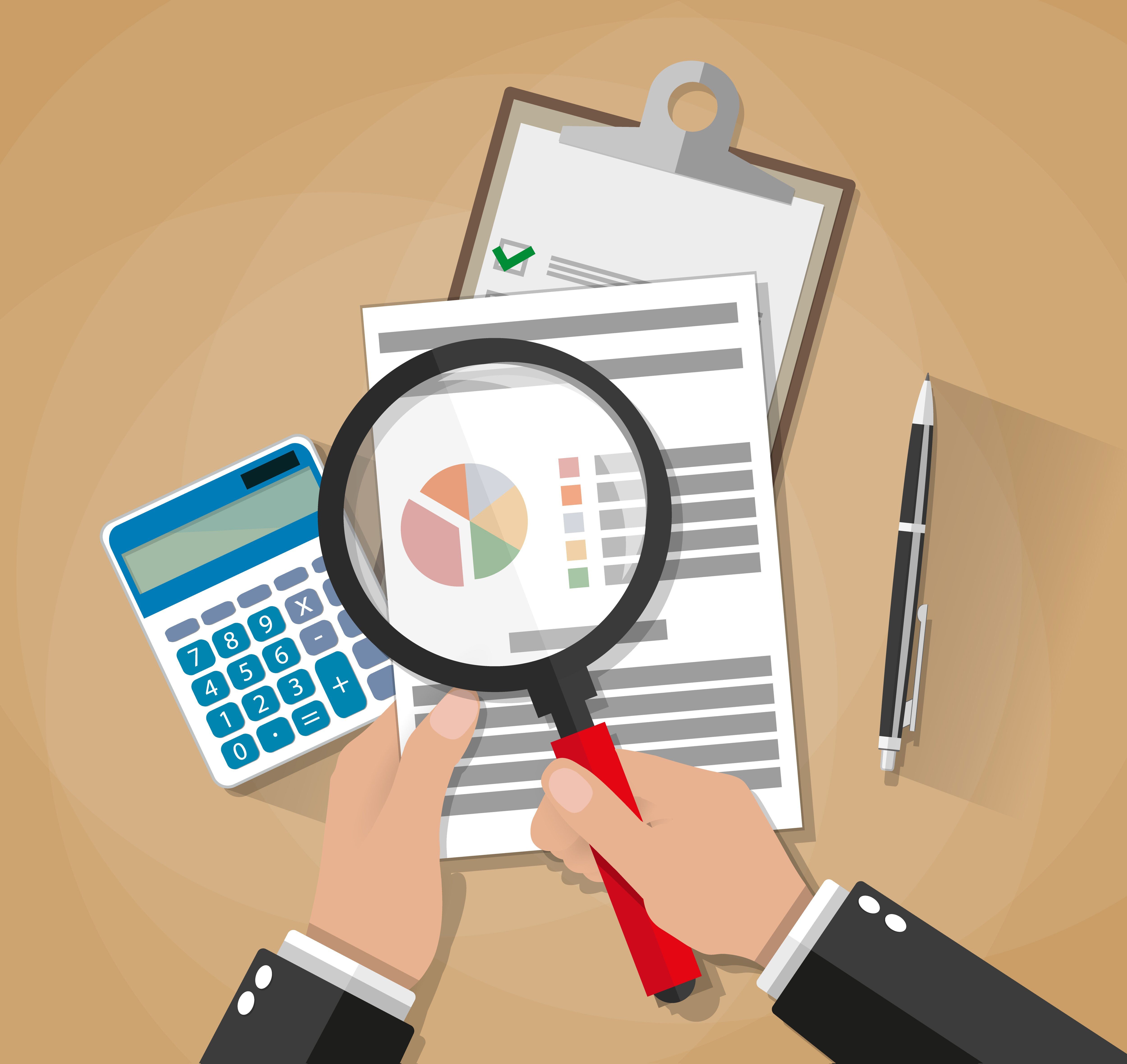Homeowners associations are like little governments. They have an HOA board of directors that govern and oversee the association and that Board does have some powers. But where does the Board get these powers and authority to enforce their documents and rules?
Where An HOA Board Gets Its Authority
If you're new to living in an HOA, or you think you have a strict board that is always trying to enforce a new rule, it's first important to understand the structure of an HOA and the hierarchy of authority when it comes to governing an association.
Articles of Incorporation
The Articles establish the HOA as a legal entity. They typically outline and define the HOA’s corporate status, powers and limits; including the name of the HOA and acknowledging that it’s a nonprofit mutual-benefit corporation. Most associations have articles of incorporation that define their purposes and powers. They may specify things such as the number of directors and their terms of office.
Bylaws
Bylaws address association operations such as procedures for meetings and elections and specify the general duties of the board. In other words, they describe how the HOA should run as a business.
Covenants, Conditions & Restrictions (CC&Rs)
The CC&Rs contain the most comprehensive information about the HOA. They are recorded with the County Recorder when a property is sold, while the Bylaws are not. The CC&Rs is the legally binding document recorded with the title for the home.
They also contain the rules and regulations of the Association. When you purchase a home in an HOA you automatically become a member of the association and are required to follow the rules and regulations outlined in the CC&Rs.
These CC&Rs of the association typically have sections in them that state what the board has the authority to do. It gives them power to create rules, to enforce those rules, and to impose fines on the members who are not complying.
That’s why it’s important to read the CC&Rs when you move into an HOA – to know what you can, can’t or must do when it comes to living in the HOA so that you aren’t faced with a hefty fine.
Association governing documents are almost always trumped by state law. But, when association documents conflict among themselves, the declaration or proprietary lease carries the greatest weight, followed by the bylaws and then the rules and regulations.
As a recommendation, an HOA board of directors should review the documents and consider amendments and/or restatements on a regular basis.
Primary Responsibilities of an HOA Board
The primary responsibilities of HOA board members is to protect, maintain, and enhance the Association. Like a government, this means an Association Board has the legal authority to enforce rules and regulations that are somewhat like laws, and to collect assessments – like a government collects taxes – to pay to maintain shared amenities like parking lots, general landscaping, and streetlights, as well as the Association’s bills.
Fiduciary Duty & Board Accountability
Each HOA board member must also act as a fiduciary for the Association. Fiduciary Responsibility refers to acting in the best interest of another person or organization, putting their interests ahead of your own to preserve good faith and trust. It requires being bound both legally and ethically to act in the other’s best interests.
An HOA Board is held accountable by codes and laws. For example, homeowners associations in California are regulated by the California Corporation’s Code, as well as other California state laws and codes. Some of these codes include:
- State of California Business and Professions Code
- California Civil Code
- Federal Laws
Each of these codes has a different level of governing power. Federal law has precedent over state law, and state law ranks over a homeowners association’s Covenants, Conditions and Restrictions (CC&Rs), Bylaws, and Rules and Regulations.
A well-governed HOA will not only know what entity has the governing authority over another, but will also listen to feedback from the residents in the association when it comes to how the association is being run.
A clear understanding of the Board's authority and how it enforces HOA rules is key for an association to run smoothly. When the Board can clearly community the policies, members are more agreeable and willing to follow them.










